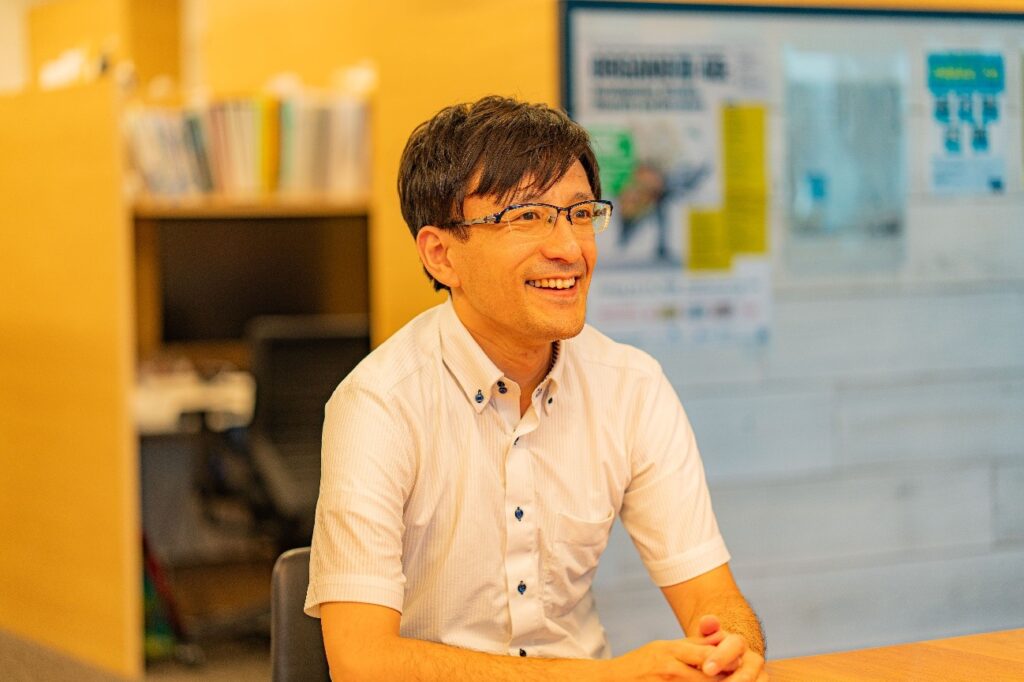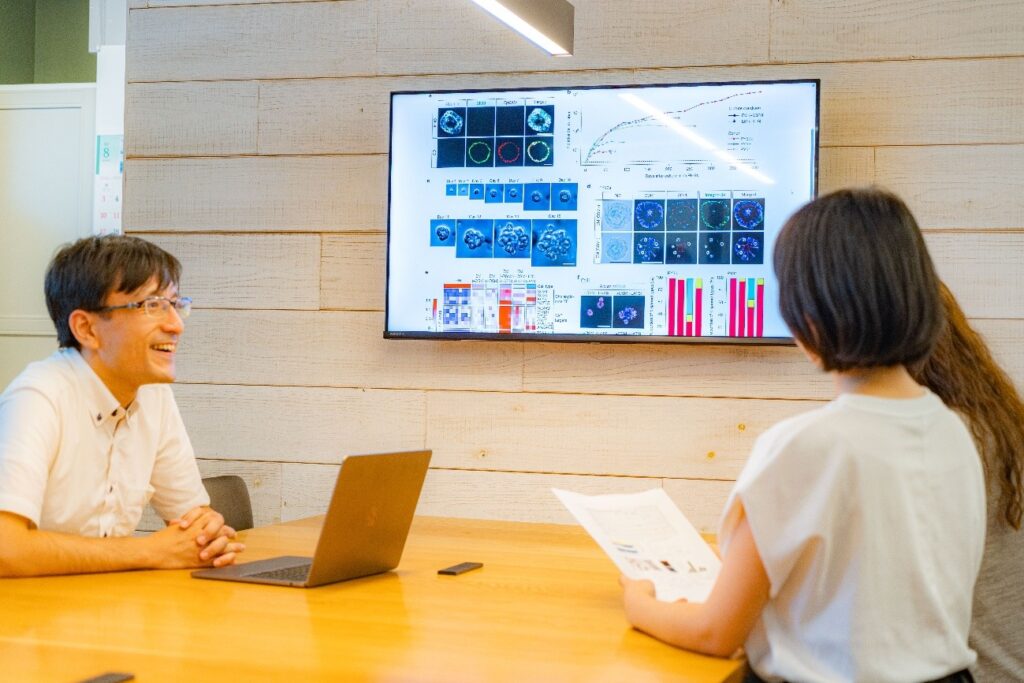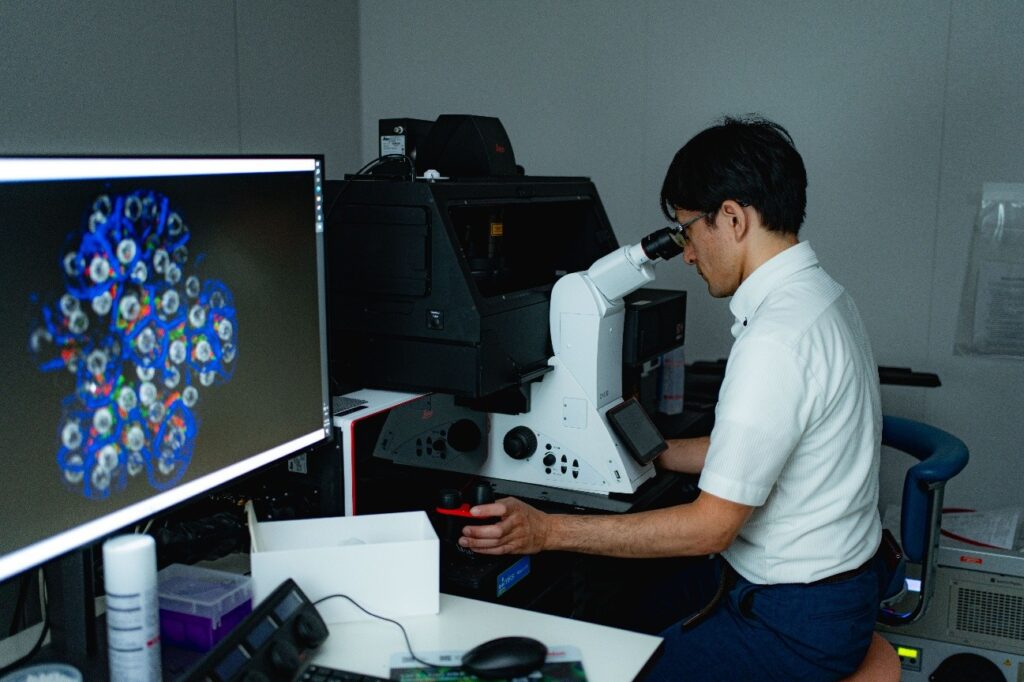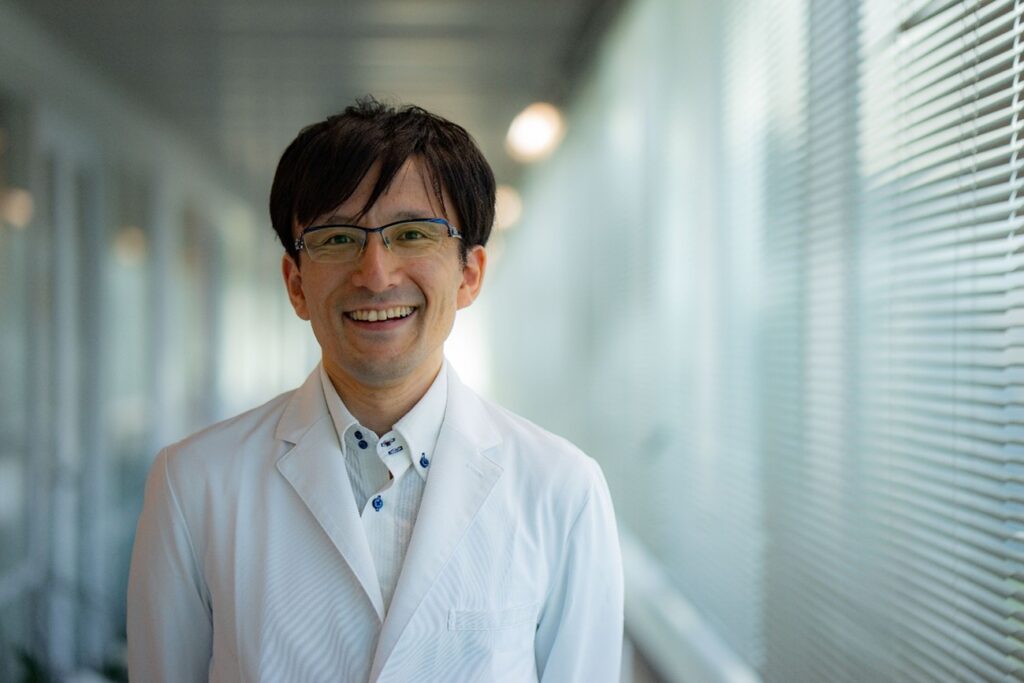Behind the Scenes of a Nature Paper: Breakthroughs in High-Functioning Hepatocyte Organoids
PROFILE
Designated Assistant Professor
Ryo Igarashi

In April 2025, Nature published the paper “Generation of human adult hepatocyte organoids with metabolic functions”. This groundbreaking study established long-term culture of functional organoids derived from adult hepatocytes, drawing wide attention as a promising platform for regenerative medicine and drug discovery. We spoke with Dr. Ryo Igarashi, the first author of the study, about the story behind this research, his future perspectives, and his message to prospective graduate students and postdoctoral fellows who may join our laboratory in the years ahead.
Q. What inspired you to pursue research, and what led you to join Professor Sato’s laboratory?
After graduating from medical school, I worked as a physician for 10 years. In clinical practice, the goal is to provide equally high-quality medical care wherever you are in Japan. Over the course of those 10 years, I began to reflect on my own sense of purpose and reached a turning point in my career.
Being a physician is a deeply rewarding, patients express gratitude every day. Yet the demands of clinical practice often leave little room for stepping back and looking at medicine from a broader perspective. I realized that research could provide that overarching value.
When I wanted to explore an entirely new world, I learned about organoids through a landmark report from our lab on artificial cancer modeling (Nature Medicine, 2015). Although it was a sudden decision, I reached out directly to Professor Sato, who kindly welcomed me into the graduate program. I still find it remarkable that I was accepted despite having no prior background in basic research.
Since then, I have come to see research as the pursuit of “science that only I can do,” a clear departure from the focus of everyday clinical practice. Life phenomena are profoundly deep and mysterious, offering an endless source of research questions. And above all, as long as there are patients whom we cannot yet save, research must continue—because it is the only way to transcend the current limits of clinical medicine.
Q. When did you feel your own uniqueness was most clearly demonstrated in this research?
Rather than personal talent, I would attribute it to effectively carrying out the project through open and effective communication with our lab members. Several fortunate factors also aligned to provide momentum: the “Functional Organoid” initiative became an ERATO project, our lab transitioned into Integrated Medicine and Biochemistry and gained metabolic experts, and we began collaborative research with JSR Corporation.
Today, the volume of data required for a publication is enormous. Starting my research career relatively late, I recognized the limits of what I could master on my own. Fortunately, our lab includes specialists in organoid culture, confocal microscopy, image analysis, metabolomics, bioinformatics, and mouse husbandry, along with invaluable support from patent attorneys and administrative staff. Though I initially worked independently, learning to seek advice and collaborate allowed the project to come together effectively. I am deeply grateful to everyone who contributed to the research.

Q. How was the culture method for hepatocyte organoids groundbreaking compared to conventional approaches, and what challenges did you face?
The key achievement was reproducing hepatocyte functions in vitro that closely reflect those observed in vivo. Interestingly, this was not our initial goal. Like organoid culture in other organs, we first focused on proliferation. However, because the liver possesses the most diverse metabolic functions in the body, we began exploring whether we could capture and reproduce these features—and this curiosity eventually led us to the concept of “functional organoids.”
At a time when novelty that can be appreciated even by non-specialists is expected, I believe the ability of our model to demonstrate clear metabolic functions, even when compared to existing models, became a major point of appeal. Looking ahead, we aim to deepen our understanding of the underlying molecular mechanisms, particularly, why our model sustains hepatocyte functions so effectively.

Q. What themes or challenges you would like to focus on in your future research?
My ultimate goal is to apply the technology of hepatocyte organoids in ways that benefit patients and society as a physician-scientist. For example, the development of new therapies requires accurate disease models. Among them, fatty liver disease is a pressing social issue, as it can progress to cirrhosis and hepatocellular carcinoma. Yet, effective treatment options remain limited. In my clinical practice, I often see patients with fatty liver disease, and currently, the only intervention I can offer is lifestyle guidance aimed at weight reduction—an unsatisfying situation for both patients and physicians.
Because fatty liver disease is a multifactorial condition, it is extremely challenging to model. Drawing on my dual perspective as a clinician and researcher, I hope to unravel its mechanisms as a systemic metabolic disorder and contribute to the development of new therapeutic strategies.
Q. What kind of background or mindset do you hope prospective members will bring to the lab?
Organoids are a powerful tool, and their true potential emerges when combined with other approaches. I find it particularly exciting when people with diverse backgrounds and skills collaborate. Encountering new technologies is inspiring, and as organoid research evolves from modeling cells to reconstructing entire organs, both biological and engineering perspectives will be important. For clinicians, organoid research also aligns well with translational studies using human specimens.
Q. Finally, do you have a message for students or postdoctoral fellows considering joining the lab?
In our lab, each individual is entrusted with an independent project, and you will have the rare opportunity to receive direct one-on-one mentorship from Professor Sato, the pioneer of tissue stem cell organoid research. While you may feel some uncertainty at the beginning, lab members provide strong support, and abundant resources are available to help realize your goals. My own path into research was not straightforward—I started from scratch after a detour in my career—but I found a way forward. If you are passionate about science, I warmly encourage you to join us in exploring organoid research, particularly in the field of the liver.


